Product Overview
Magnesium, a divalent cation as well as the second most common intracellular cation in the body after potassium, plays a fundamental role in a significant number of enzymatic reactions pertaining to nucleic acid synthesis and energy metabolism.[1] Additionally, magnesium is important for glycolysis, oxidative phosphorylation, osteogenesis and bone ossification, and RNA as well as DNA synthesis. Magnesium also is integral in the regulation of the enzyme Na+/K+ ATPase which controls the intracellular as extracellular flow of sodium and potassium in living cells.[2][3] Generally, magnesium is typically found in food sources such as cereals and legumes, and is excreted renally from the body.[1]
Clinically, magnesium is administered in the body as magnesium salts. Magnesium chloride is one of the most common magnesium salts that is used clinically. Highly water-soluble, it comprises a magnesium halide bound to two inorganic chloride ions.[4] Administered parenterally, some clinical indications for the use of magnesium chloride include peritoneal dialysis, total parenteral nutrition (TPN), fluid and electrolyte replacement, and the management of cardiovascular diseases such as congestive heart failure, supraventricular tachycardia, ventricular arrhythmia, and atherosclerosis.[5][6][7] Magnesium chloride is expressed in breast milk in lactating mothers and is classified by the Food and Drug Administration as a pregnancy category C drug; it should only be administered in pregnant mothers when the benefits of administration outweigh the risks.[8]
Magnesium is essential to practically all body systems. Its mechanism of action varies depending on the organ system involved. In the cardiovascular system, it is important in regulating atrioventricular conduction due to its calcium antagonistic property; it decreases calcium uptake as well as potassium efflux across the myocardial cell membrane. As such, one of the clinical manifestations of hypomagnesemia is arrhythmias such as torsades de pointe and ventricular tachycardia. Some studies have shown that parenteral magnesium chloride administration may be effective in the management of ventricular tachyarrhythmias following digitalis toxicity. There has also been a demonstrated improvement in left ventricular end-diastolic pressure in patients with coronary artery disease following the administration of parenteral magnesium chloride.[9][10][11][12]
Neurologically, magnesium acts to block the release of acetylcholine at the neuromuscular junction, thereby inhibiting peripheral neuromuscular transmission. By depressing the central nervous system, magnesium is also used as an anticonvulsant in the management of seizures and preeclampsia. In the brain, magnesium functions as a voltage dependent antagonist and a noncompetitive inhibitor of the N-methyl-D- aspartic acid (NMDA) receptors and ion channels; hypomagnesemia can result in brain injury due to the activation of the NMDA receptors, opening of the calcium channels, and activation of nuclear factor kappa B (NFKB). Magnesium additionally has a direct impact on the blood-brain barrier; hypomagnesemia has been linked to an increase in endothelial permeability, decreased vasodilatation and an increase in the production of vasoconstrictor substances, and rapid damage to micro vessels, leading to focal hemorrhages and cerebral edema. Conversely, normal levels of blood magnesium increase the proliferation of endothelial cells and assists in restoring the integrity of the blood brain barrier following a brain insult.[9][13]
With 60% of magnesium within the body found in the bones and 27% in the skeletal muscle, magnesium plays an essential role in maintaining the integrity of the musculoskeletal system. Magnesium promotes bone mineralization through the activation of vitamin D; the metabolism of vitamin D into the active form of 1,25(OH)2D is a magnesium-dependent process.[14] Additionally, magnesium is a cofactor in the synthesis of parathyroid hormone, which is important in calcium absorption. Therefore, magnesium deficiency can result in loss of skeletal muscle (sarcopenia) as well as loss of bone density through the inhibition of vitamin D activation and reduced calcium absorption. Furthermore, with hypomagnesemia, bone protection from cytokine induced stimulation of osteoclast activity is also lost which can also predispose to osteoporosis.[15]
Magnesium is also known to play a prominent role in the respiratory system, though its mode of action is not clearly defined. There are several studies that have been conducted which demonstrate that hypomagnesemia is associated with increased incidence of wheezing, airway hyperreactivity, and impaired lung function. Pulmonary function values are decreased in individuals with magnesium deficiency in contrast to their normal counterparts. For patients with acute severe asthma, the use of parenteral magnesium is part of the treatment protocol in an inpatient setting if there is no response to traditional first-line treatment modalities.[16]
Care must be taken to avoid magnesium toxicity when administering magnesium parenterally. Signs of magnesium toxicity begin to manifest when serum levels exceed 5 mEq/L. Some signs that may be present which are indicative of magnesium toxicity are hypotension, nausea and vomiting, diarrhea, facial flushing, retention of urine, ileus, respiratory depression and paralysis, loss of deep tendon reflexes, muscle weakness, sinoatrial (SA) or atrioventricular (AV) node blocks , and cardiac arrest. The severity of the signs of magnesium toxicity is proportional to serum magnesium levels; the higher the levels of serum magnesium, the more severe the signs of toxicity. Immediate clinical intervention is necessary once features of magnesium toxicity are detected.[3][18]
Individuals with significant myocardial disease such as AV block should avoid receiving parenteral magnesium as much as possible as this could lead to a worsening of this condition. Very close monitoring is essential if parenteral magnesium has to be given in the face of an underlying myocardial condition.
Since the primary mode of magnesium excretion is through the kidneys, any form of renal impairment may result in elevated serum magnesium levels and concomitant magnesium toxicity. Renal functions should ideally be assessed before administration of parenteral magnesium. If there is any evidence of renal compromise as evidenced by a reduced creatinine clearance, serum magnesium levels should be closely monitored during parenteral magnesium administration. Parenteral magnesium should be avoided in individuals with a creatinine clearance of less than 20 mL/minute.[9][19]
Magnesium is known to block the release of acetylcholine in the neuromuscular system. Individuals with significant neuromuscular disorders such as myasthenia gravis should not be given parenteral magnesium as this may significantly worsen their condition.[20]
In addition to the effect that magnesium could have on the various organ systems, parenteral magnesium may contain additional substances such as aluminum and benzyl alcohol which could be harmful to the body in high enough doses. High levels of aluminum in the body can lead to bone and neurological toxicity; this is especially evident in premature neonates and individuals with decreased renal function. In neonates, high levels of benzyl alcohol can result in gasping syndrome compromising metabolic acidosis, respiratory distress, hypotension, seizures, intracranial hemorrhage, and cardiovascular collapse.[21]
Generally, care must be exercised when administering magnesium concurrently with other medications. Some medications can impair the Na+/Mg2+ transporter within the body which has an impact on intracellular and extracellular magnesium levels. Studies have shown that insulin inhibits the Na+/Mg2+ transporter and increases the intracellular concentration of magnesium; This is the likely reason why diabetics have a high prevalence of hypomagnesemia. Other causes of drug-induced hypomagnesemia are antimicrobials, beta adrenergic agonists, bisphosphonates, cardiac glycosides, proton-pump inhibitors, and some immunosuppressants.[23] Additionally, medications such as calcitonin, glucagon, doxercalciferol, and potassium-sparing diuretics can result in increased serum levels of magnesium.[19]
Parenteral magnesium can also impact the effectiveness as well as toxicity of other medications. Magnesium can enhance the vasoactive effects of calcium-channel blockers, which may lead to a worsening hypotension. For individuals taking antiplatelets or anticoagulants, concurrent administration of magnesium may result in increased bruising and bleeding as a result of decreased blood clotting. The risk of side effects and toxic effects is increased in individuals taking magnesium and muscle relaxants at the same time.[24]
Parenteral magnesium administration is generally well tolerated, with minimal side effects. Adverse reactions, when they occur, are usually as a result of magnesium toxicity, the causes and symptoms of which have been previously discussed. Another cause of adverse reactions is toxicity to additional components of magnesium chloride such as aluminum or benzyl alcohol. Adverse reactions may also occur in the event of significant drug interactions. Close monitoring of the individual is generally recommended when magnesium chloride is administered parenterally.
Parenteral magnesium chloride is an FDA pregnancy category C medication. Not enough clinical studies have been performed to demonstrate any malformative or fetotoxic effects from the administration of parenteral magnesium chloride to pregnant mothers. Therefore, parenteral magnesium chloride should only be administered to pregnant mothers when the benefits of its use outweigh any risks that may occur. However, some authorities state that parenteral magnesium chloride should not be administered 2 hours or less before delivery because of the risk of respiratory depression secondary to elevated magnesium levels in the neonate.
Magnesium easily crosses the placenta, passing from mother from fetus; maternal serum magnesium levels generally match levels within the fetus. Even though no controlled studies have been done, there have been reported instances of bony abnormalities and congenital rickets in some neonates after 4 to 13 weeks of parenteral administration to pregnant mothers. It is estimated that the risk of major birth defects is somewhere between 2 to 4% and the risk of miscarriages is 15 to 20%.[22]
Parenteral magnesium chloride is an FDA pregnancy category C medication. It is expressed in the breast milk of lactating mothers, with its concentration in breast milk roughly double maternal serum magnesium concentrations.
Store this medication at 68°F to 77°F (20°C to 25°C) and away from heat, moisture and light. Keep all medicine out of the reach of children. Throw away any unused medicine after the beyond use date. Do not flush unused medications or pour down a sink or drain.
- W.J.Fawcett, E.J.Haxby and D.A.Male, “Magnesium: physiology and pharmacology”, British Journal of Anaesthesia, vol.83, no.2
- L.Grycova, P.Sklenovsky, Z.Lansky, M.Janovska, M.Otyepka, E.Amler, J.Teisinger, and M.Kubala, “ATP and magnesium drive conformational changes of the Na+/K+ -ATPase cytoplasmic headpiece”, Biochimica et Biophysica Acta (BBA) - Biomembranes, vol. 1788, issue 5, pp. 1081 -1091, May 2009
- “Magnesium: Fact Sheet for Health Professionals”, National Institutes of Health.[Online].
- “Magnesium chloride”, National Center for Biotechnology Information (2020). [Online].
- “DiNicolantonio JJ, Liu J, and O’Keefe JH, “’Magnesium for the prevention and treatment of cardiovascular disease” Open Heart vol. 5, issue 2, 2018.[Online].
- M.Liu, E.Jeong, H.Liu, A.Xie, E.Young So, G.Shi, G.E.Jeong, A.Zhou, and S.C.Dudley Jr., “Magnesium supplementation improves diabetic mitochondrial and cardiac diastolic function”, JCI insight. [Online].
- “Magnesium Chloride”, Drug Bank. [Online].
- “Magnesium Chloride (Rx)”, Medscape. [Online].
- M.J. Allen, S. Sharma, “Magnesium”, Treasure Island (FL). StatPearls Publishing, Jan.2020. [Online].
- M.J. Specter, E. Schweizer, and R.H. Goldman, “Studies on Magnesium’s Mechanism of Action in Digitalis-induced Arrhythmias”. [Online}.
- M.F. Ghani, J.R. Smith, “The effectiveness of magnesium chloride in the treatment of ventricular tachyarrhythmias due to digitalis intoxication”, American Heart Journal, vol. 88, issue 5, pp. 621 - 626, November 1974. [Online}.
- F. Kraus, “Reversal of diastolic dysfunction by intravenous magnesium chloride”, The Canadian Journal of Cardiology, vol.9, issue 7, pp. 618-620, September 1999. [Online].
- Kaya M, Ahishali B. “The role of magnesium in edema and blood brain barrier disruption.”, Magnesium in the Central Nervous System [Internet]. University of Adelaide Press, 2011. [Online]
- A.M. Uwitonze, M.S. Razzaque, “Role of Magnesium in Vitamin D Activation and Function”, The Journal of the American Osteopathic Association, Vol. 118, pp. 181-189, March 2018. [Online].
- A.A. Welch, J. Skinner, and M. Hickson, “Dietary Magnesium May Be Protective for Aging of Bone and Skeletal Muscle in Middle and Younger Older Age Men and Women: Cross-Sectional Findings from the UK Biobank Cohort”, National Institutes of Health. [Online].
- B. J. Stojak, E. Halajian, R.A. Guthmann, and J. Nashelsky, “Intravenous Magnesium Sulfate for Acute Asthma Exacerbations”, American family physician, vol. 99, no.2, pp. 127-128. [Online].
- W. Jahnen-Dechent, M. Ketteler, “Magnesium basics”, Clinical Kidney Journal. [Online].
- F.A. Ajib, J.M. Childres, “Magnesium Toxicity”. Treasure Island (FL): StatPearls Publishing; Jan. 2020. [Online].
- M.P. Guerrera, S.L. Volpe, J.J Mao, “Therapeutic Uses of Magnesium), American Family Physician, vol. 80, issue 2, pp. 157-162, July 2009. [Online].
- S.J. Bird, “Overview of the treatment of myasthenia gravis”, UpToDate. [Online].
- “Magnesium Chloride: Drug information”, UpToDate. [Online].
- “Magnesium chloride Pregnancy and Breastfeeding Warnings”. [Online].
- U. Grober, “Magnesium and Drugs”, International Journal of Molecular Sciences, vol. 20, issue 9, May 2019. [Online].
- “Magnesium”. RxLIst. [Online].
503A vs 503B
- 503A pharmacies compound products for specific patients whose prescriptions are sent by their healthcare provider.
- 503B outsourcing facilities compound products on a larger scale (bulk amounts) for healthcare providers to have on hand and administer to patients in their offices.
Frequently asked questions
Our team of experts has the answers you're looking for.
A clinical pharmacist cannot recommend a specific doctor. Because we are licensed in all 50 states*, we can accept prescriptions from many licensed prescribers if the prescription is written within their scope of practice and with a valid patient-practitioner relationship.
*Licensing is subject to change.
Each injectable IV product will have the osmolarity listed on the label located on the vial.

Given the vastness and uniqueness of individualized compounded formulations, it is impossible to list every potential compound we offer. To inquire if we currently carry or can compound your prescription, please fill out the form located on our Contact page or call us at (877) 562-8577.
We source all our medications and active pharmaceutical ingredients from FDA-registered suppliers and manufacturers.

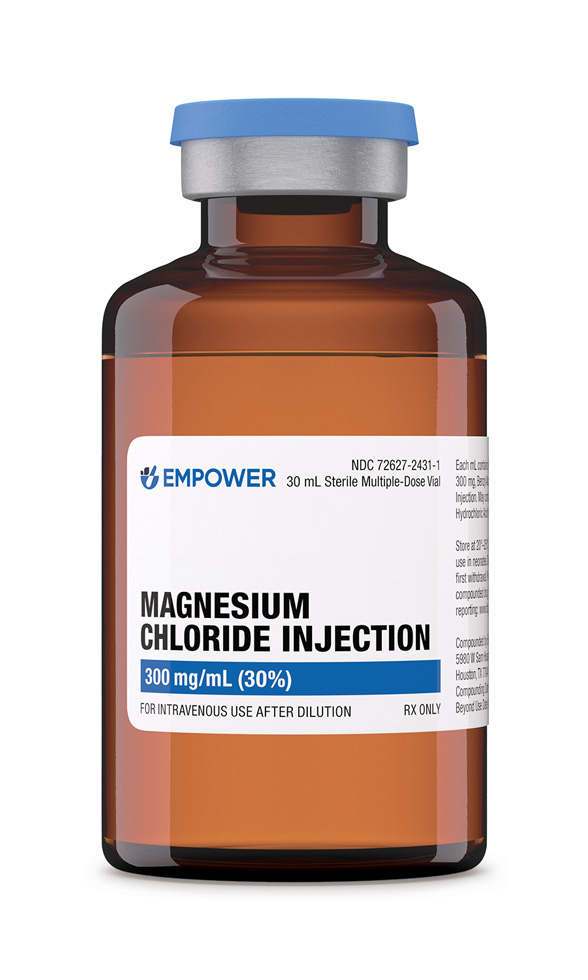
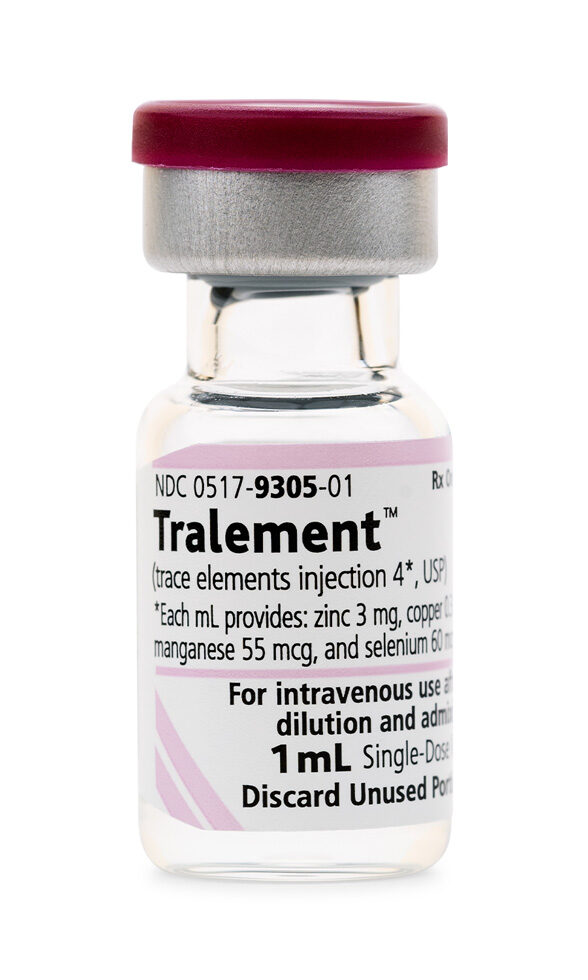 Tralement Injection
Tralement Injection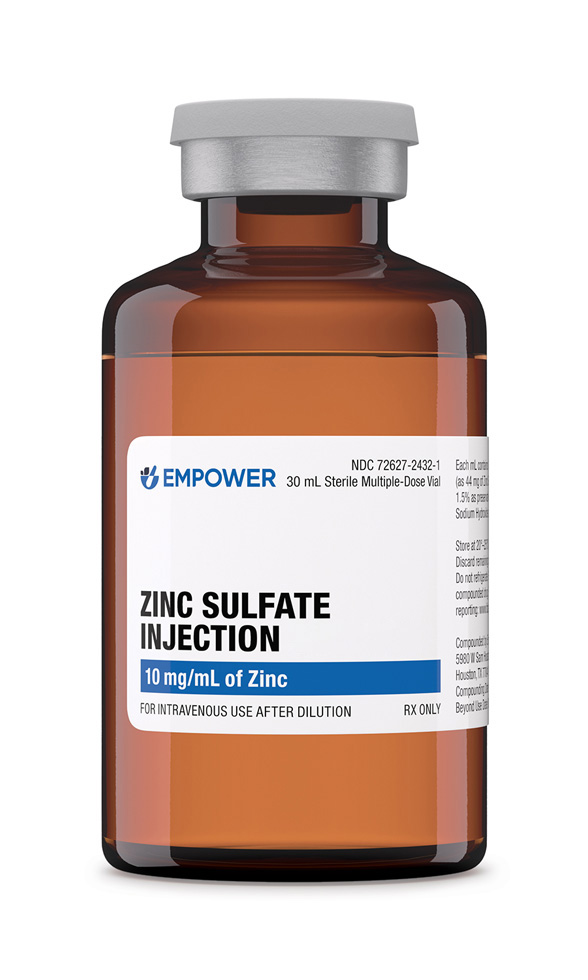 Zinc Sulfate Injection
Zinc Sulfate Injection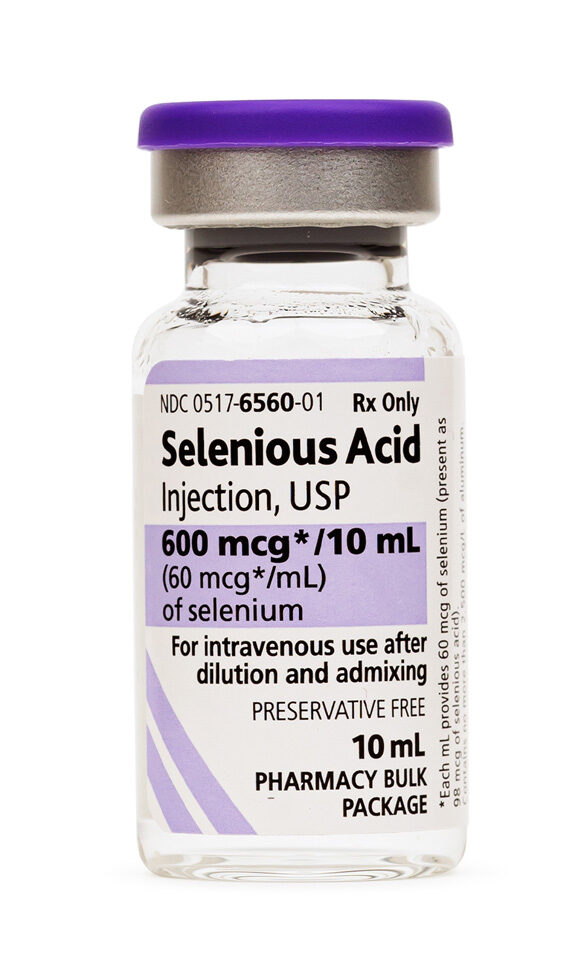 Selenium Injection
Selenium Injection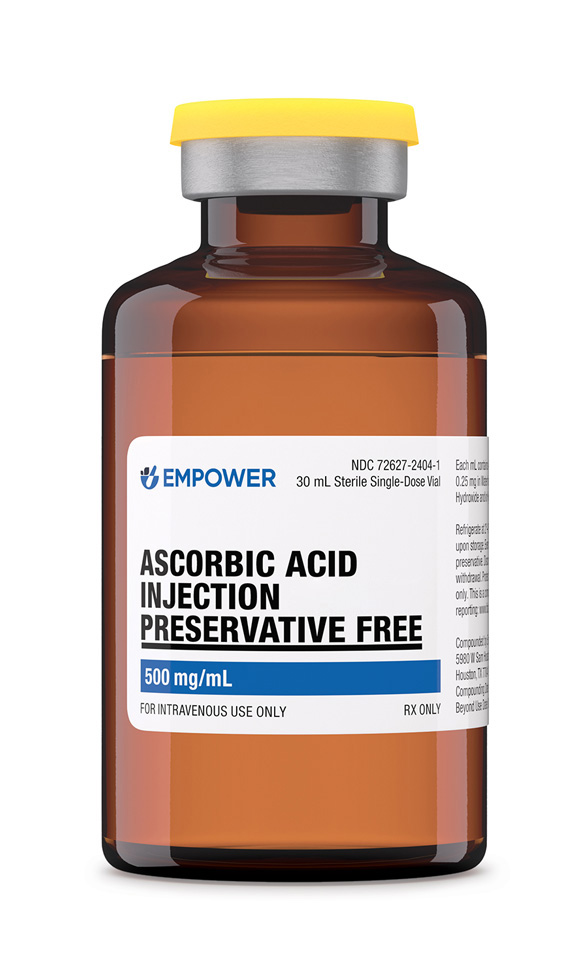 Ascorbic Acid (Vitamin C) Injection
Ascorbic Acid (Vitamin C) Injection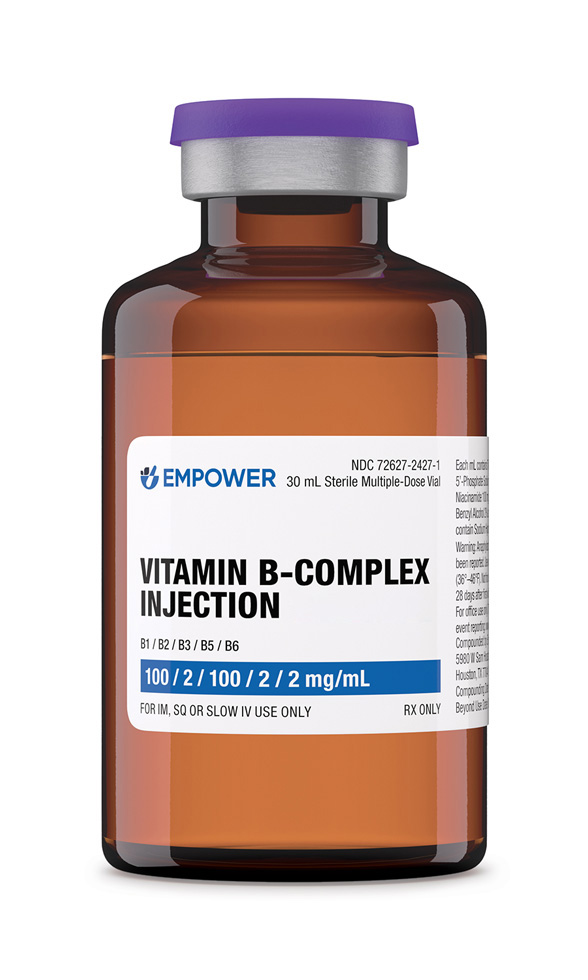 Vitamin B-Complex Injection
Vitamin B-Complex Injection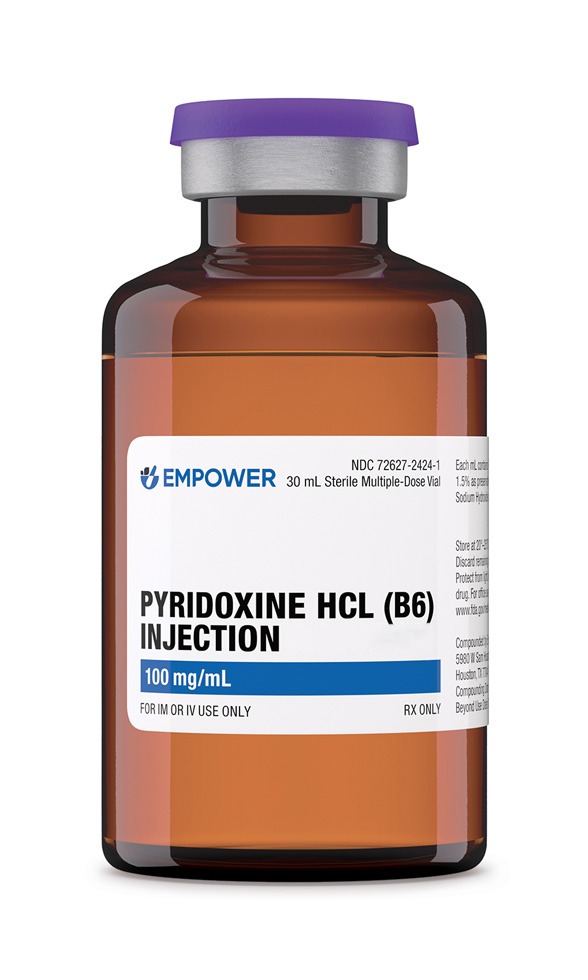 Pyridoxine HCl Injection
Pyridoxine HCl Injection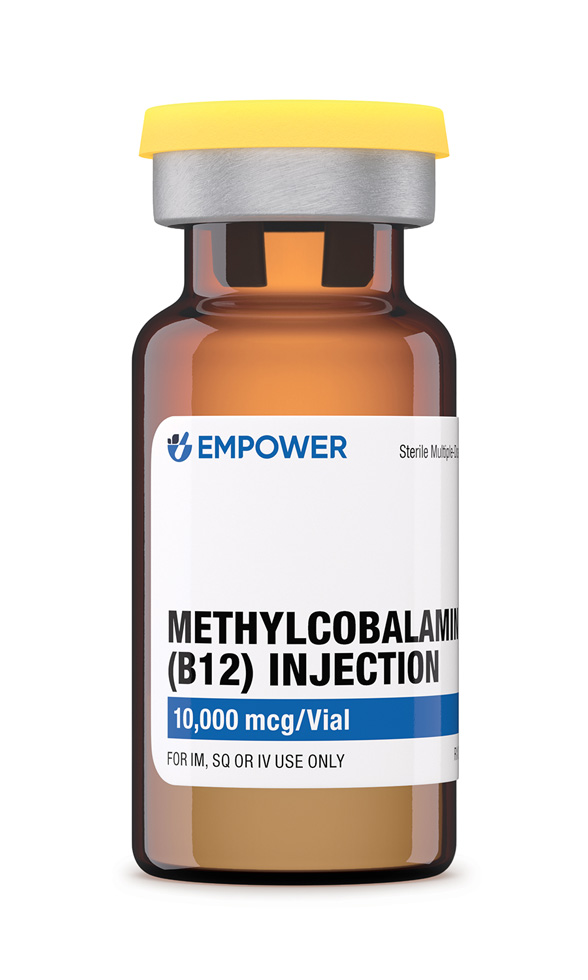 Methylcobalamin Injection (Vitamin B12)
Methylcobalamin Injection (Vitamin B12)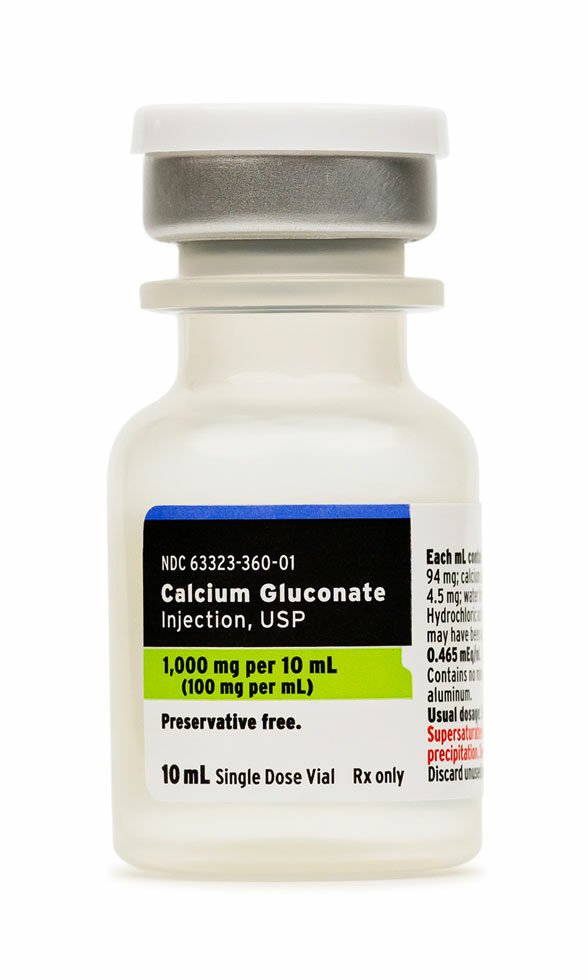 Calcium Gluconate Injection
Calcium Gluconate Injection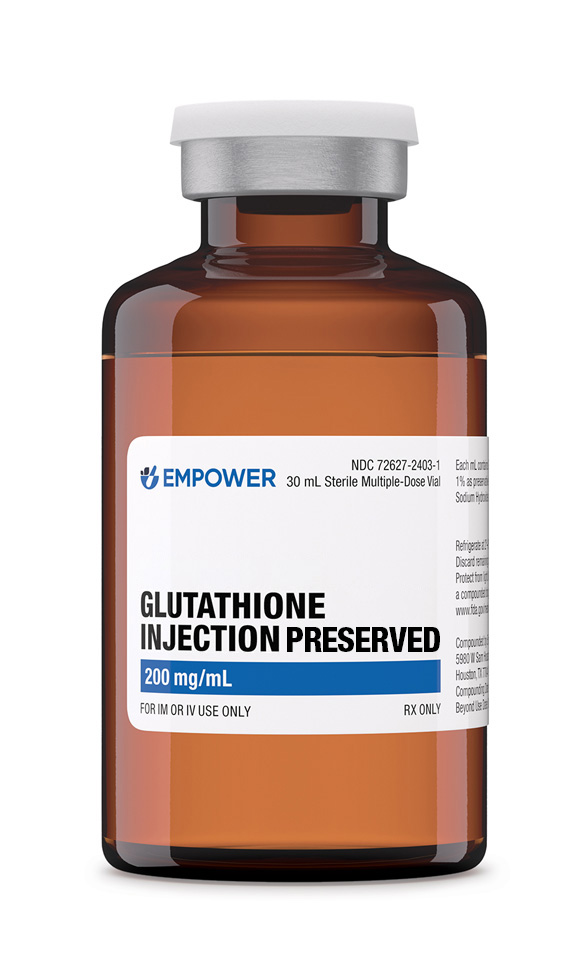 Glutathione Injection
Glutathione Injection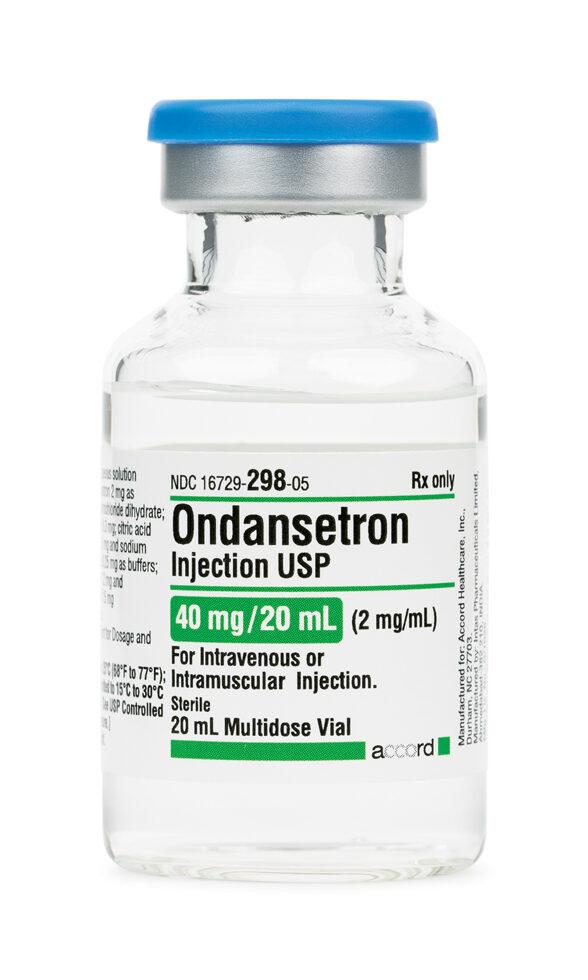 Ondansetron Injection
Ondansetron Injection